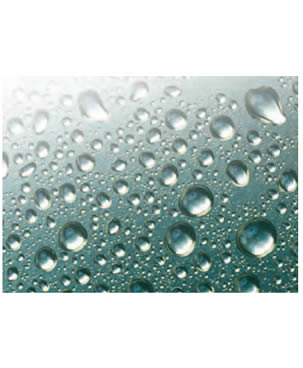Condensation on the surface inside the building
Condensation may form depending on the inside and outside temperatures. It can be controlled by making sure there is enough ventilation. It is not a fault in the product.There are several things you can do to limit condensation. Drying clothes outdoors when possible can help. Certain types of heaters such as paraffin heaters can create lots of water vapour so you should avoid these.
Another way to reduce condensation is to close doors when cooking or showering. This means moisture is kept in a few rooms instead of spreading to the whole house. Make sure these rooms are suitably ventilated by keeping a small window open or turning on an extractor fan, to limit condensation.
Condensation on the surface outside the building
This is nothing to worry about and shows the excellent insulation properties of the sealed units.
This form of condensation is common and not a problem with the unit.
Condensation inside the sealed unit
This is between the two panes of the sealed unit and, unlike the two other examples of condensation above, it cannot be wiped off with a cloth.This happens because water manages to penetrate the seal. As this condensation is within the sealed unit it cannot be removed.If the unit is still under warranty, contact us to arrange an inspection.


